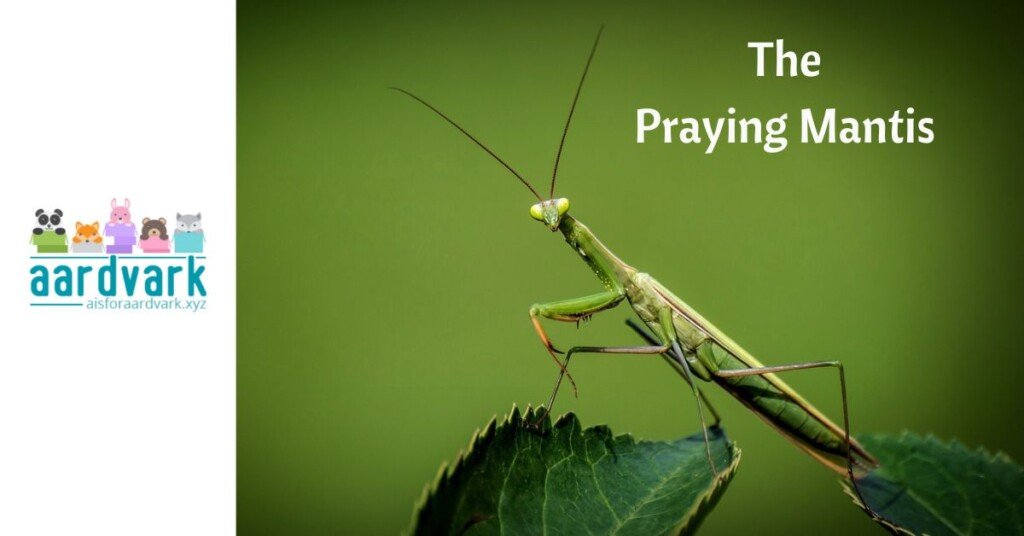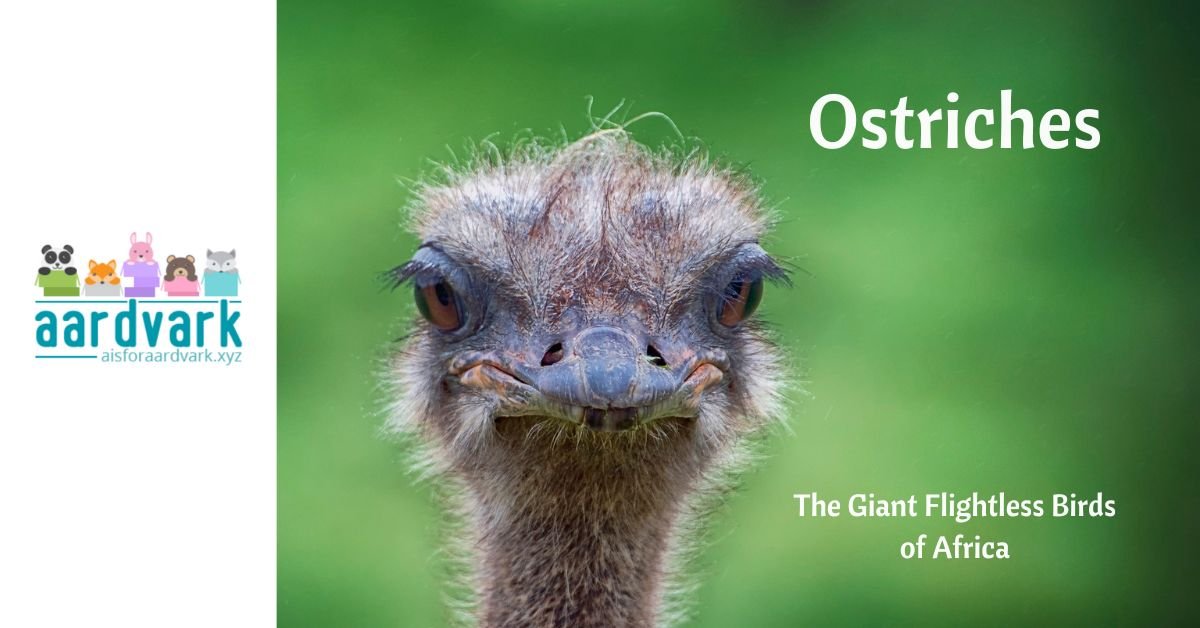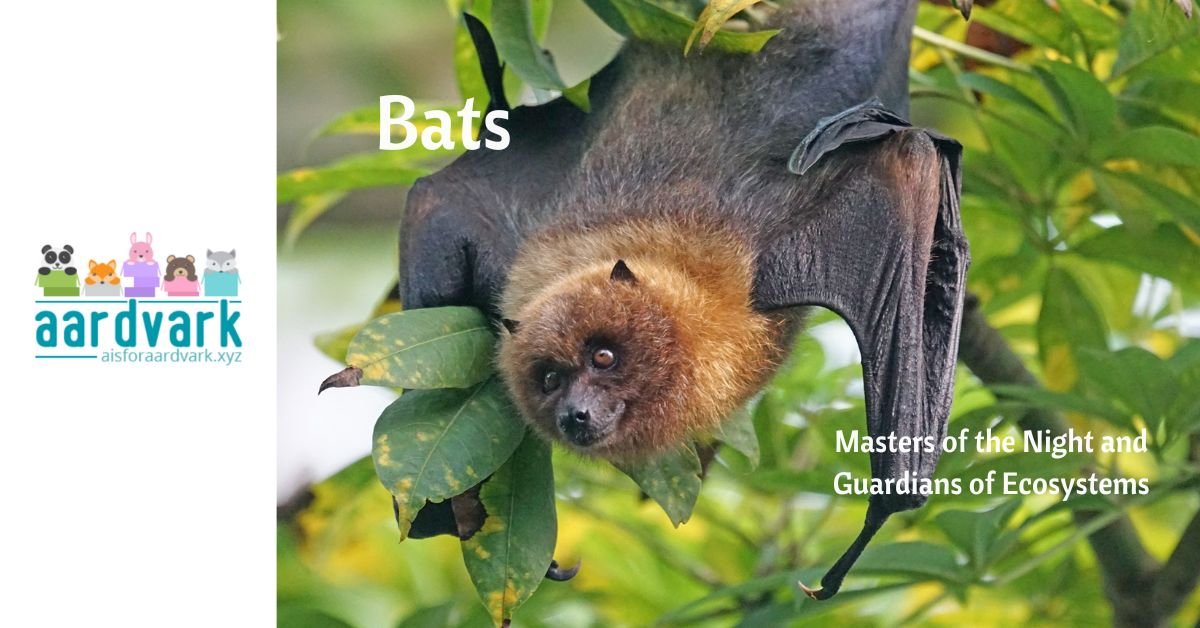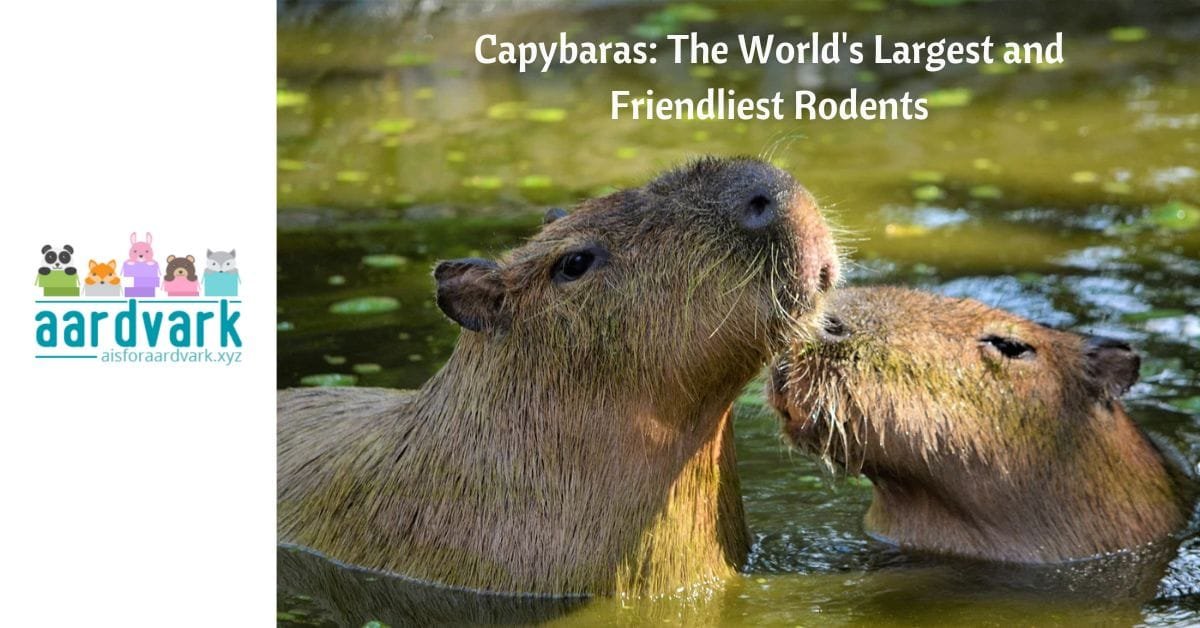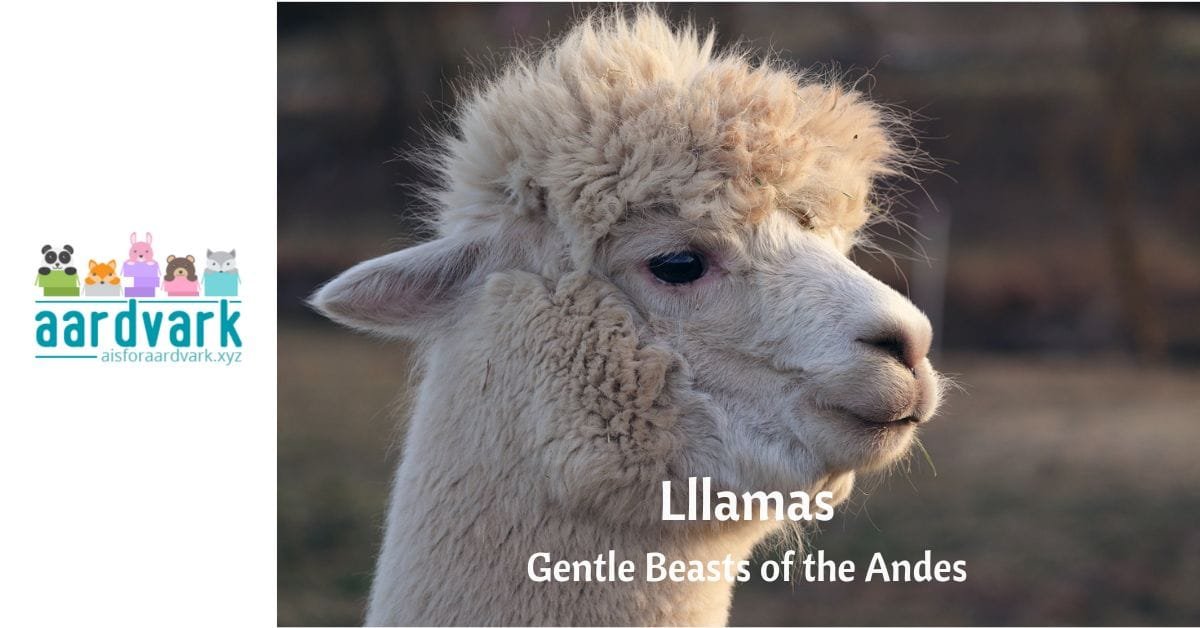The praying mantis is an intriguing and unique insect known for its predatory behavior. Named for its peculiar stance that makes it appear to have its “hands” folded in prayer, praying mantises are revered for their exceptional hunting skills and fascinating behaviors. Found worldwide, these insects are highly adaptable and play a significant role in the ecosystems they inhabit by controlling pest populations.
Taxonomy and Species Diversity
Praying mantises belong to the order Mantodea, which comprises over 2,400 species across roughly 430 genera. They are closely related to cockroaches and termites within the superorder Dictyoptera.
The diversity among praying mantis species is remarkable, with variations in size, color, and habitat preferences. Some of the most well-known species include the European mantis (Mantis religiosa), the Chinese mantis (Tenodera sinensis), and the Carolina mantis (Stagmomantis carolina). These species are often recognized for their ability to blend into their surroundings and role as ambush predators.
Physical Characteristics of the Praying Mantis
Praying mantises are easily identifiable by their elongated bodies, triangular heads, and large compound eyes. Their eyes, positioned on the sides of their heads, provide a wide field of vision, letting them detect movement and depth effectively. This keen eyesight is crucial for hunting, as mantises rely on visual cues to capture prey.
Another distinctive feature of a praying mantis is its raptorial forelegs. These legs are equipped with sharp spines and are adapted for catching and holding prey, which the mantis grabs with lightning-fast reflexes.
Praying mantises vary in size, with some species measuring just a few centimeters. Others can reach lengths of up to 15 centimeters (6 inches). Their bodies are typically green or brown, providing excellent camouflage against foliage and bark. This natural disguise helps them avoid predators and increases their success rate when ambushing prey.
The combination of their physical adaptations and predatory behavior makes praying mantises one of the most formidable insect predators in the animal kingdom.
Habitat and Distribution
Praying mantises are highly adaptable insects found in a variety of habitats worldwide, including tropical and subtropical regions, temperate forests, grasslands, deserts, and even urban areas. They are particularly abundant in regions where temperatures remain warm year-round, such as Africa, Asia, and Central and South America.
Several species of praying mantises, such as the Chinese and European mantises, have been introduced to North America and have become established in many states. These introduced species have adapted well to their new environments and are commonly found in gardens, fields, and forests. Their ability to blend into various surroundings, from green foliage to brown tree bark, allows them to ambush prey and avoid predators effectively.
Diet and Hunting Techniques
Praying mantises are carnivorous predators that rely on their keen vision and stealth to capture a variety of prey. Their diet primarily consists of insects such as flies, crickets, grasshoppers, and moths. However, larger species of mantises have been known to prey on small vertebrates, including lizards, frogs, and even birds.
The praying mantis’s ambush hunts by ambush. This involves remaining motionless and camouflaged until an unsuspecting prey comes within reach. When the target is close enough, the mantis strikes with its forelegs, capturing and holding the prey with incredible speed and precision.
The spines on the mantis’ legs help them secure their catch. At the same time, their powerful mandibles quickly subdue and consume the prey. This method showcases the mantis’s agility and highlights its importance as an “apex predator” among insects. By controlling populations of pest insects, praying mantises play an important part in maintaining ecological balance and supporting plant health in gardens and agricultural fields.
Reproduction and Lifecycle
Praying mantises have a complex and intriguing lifecycle that begins with a unique mating process. Mating often occurs in late summer or early fall.
It’s not uncommon for the female mantis to engage in sexual cannibalism – meaning she might consume the male after or even during copulation! While seemingly brutal, this behavior is thought to provide the female with additional nutrients that benefit the development of her eggs.
After mating, the female mantis lays her eggs in a protective casing called an ootheca, which can contain a few dozen to several hundred eggs. The ootheca is typically attached to a plant stem or other sheltered location and hardens into a protective shell, safeguarding the eggs from predators and environmental conditions. The eggs will hatch into nymphs in the spring or early summer, depending on the species and climate.
Nymphs resemble miniature versions of adult mantises but lack fully developed wings. As they grow, they undergo a series of molts, shedding their exoskeleton multiple times before reaching maturity.
The number of molts varies depending on the species, but most praying mantises will molt five to ten times before becoming fully grown adults. Once mature, adult mantises continue the cycle, with females laying eggs that will hatch into the next generation.
Behavior and Adaptations
Praying mantises display a range of fascinating behaviors and adaptations that help them survive in their environments.
One of their most notable features is camouflage; mantises can blend seamlessly into their surroundings by mimicking leaves, flowers, or branches. Some species, like the flower mantis, resemble blossoms so closely that they can lure and capture unsuspecting pollinators.
Additionally, mantises have highly developed predatory behaviors, such as rhythmic swaying, which mimics the movement of leaves in the wind, further enhancing their disguise.
Another remarkable adaptation is the mantis’s ability to rotate its head nearly 180 degrees, a rarity among insects. This wide range of motion, combined with their large, forward-facing compound eyes, allows mantises to have excellent binocular vision and depth perception. These visual adaptations are crucial for detecting movement and precisely targeting prey.
Praying Mantises in Culture
Praying mantises have been a subject of fascination and symbolism in various cultures throughout history. In some traditions, mantises are seen as symbols of stillness, patience, and focus, often revered for their meditative stance. However, in Chinese folklore, the mantis represents courage and aggression and is admired for its fearless hunting tactics despite its relatively small size.
In modern media, praying mantises frequently appear in literature, films, and cartoons. Due to their unusual appearance and predatory behavior, they are often depicted as mystical or dangerous creatures. In the “Kung Fu Panda” series, Seth Rogen voices Mantis, a praying mantis who is a master of the martial arts.
Praying mantises in horror or science fiction are sometimes symbols of otherworldly power, and they often serve as the inspiration for alien creatures. The mantis’s blend of grace and lethal efficiency continues to captivate imaginations, reflecting its enigmatic nature.
Conservation and Environmental Impact
Praying mantises play a vital role in controlling pest populations, making them valuable allies in natural and agricultural ecosystems. By preying on insects that could damage crops, mantises contribute to pest management and reduce the need for chemical pesticides.
However, mantises themselves are not without conservation concerns. While many species are widespread and not at immediate risk, habitat destruction, pesticide use, and climate change can impact local populations, especially those that are less common or specialized.
Conservation efforts focus on preserving habitats and promoting practices that support mantis populations. Protecting diverse environments, from tropical forests to temperate gardens, ensures that these remarkable predators continue to thrive and maintain their ecological roles. Educating the public about the benefits of mantises in gardens and agriculture also helps to foster appreciation and support for these unique insects.
Praying mantises are fascinating creatures with extraordinary adaptations and behaviors that make them effective predators and important members of their ecosystems. Their ability to blend into their surroundings and their agile hunting techniques highlight their role as efficient insect controllers.

